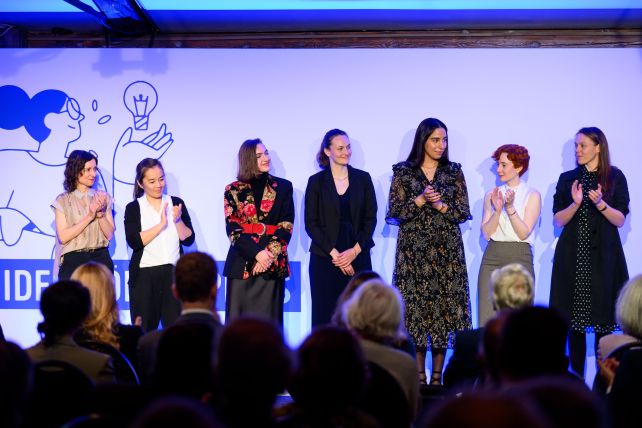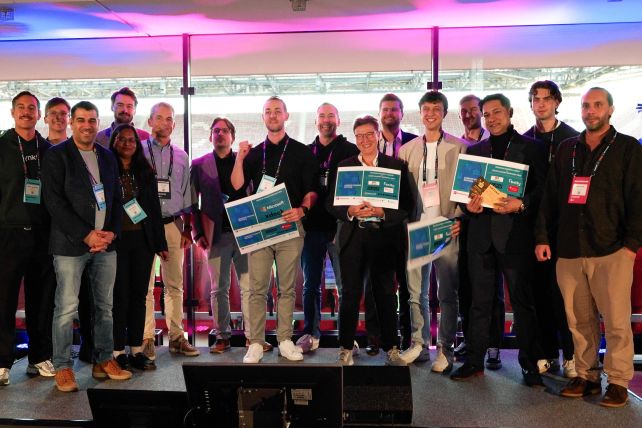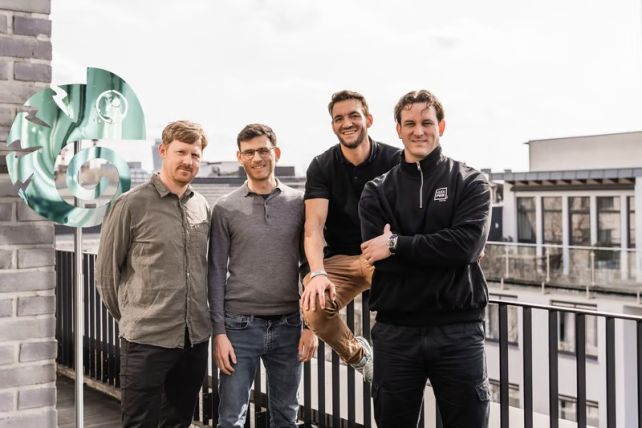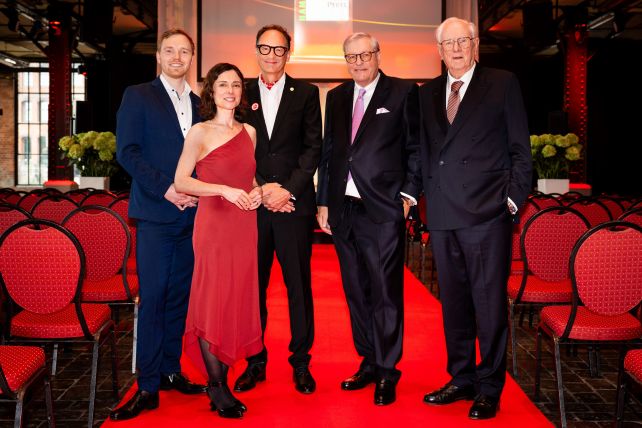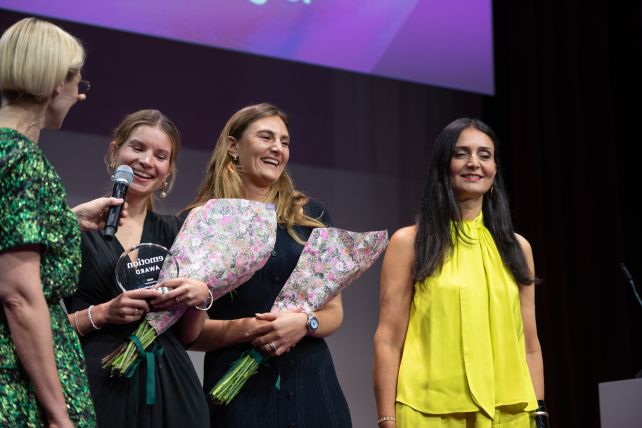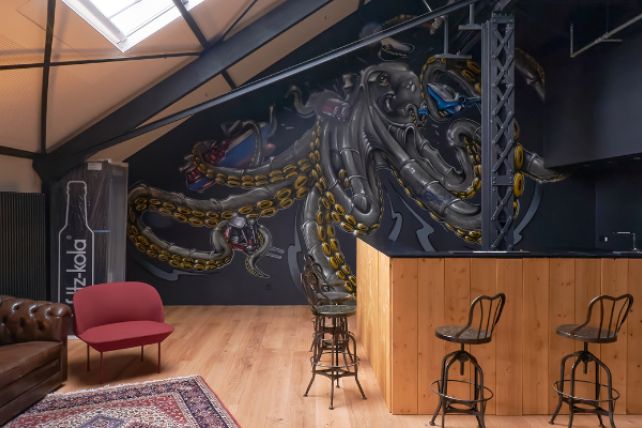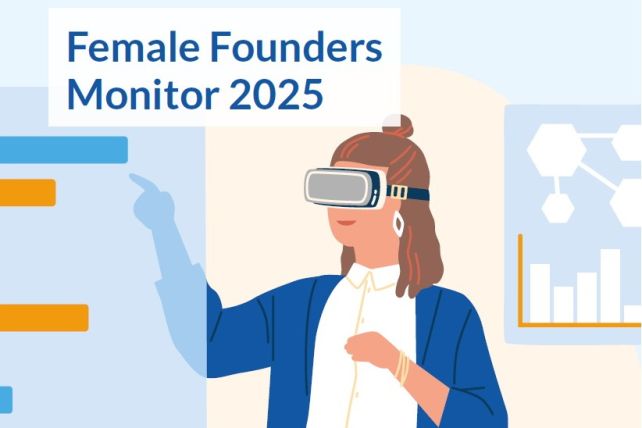Annea makes wind turbines more profitable with AI monitoring
Wind turbines can become even more efficient. If component wear is detected at an early stage, downtimes become less frequent and maintenance costs can be reduced by up to 50 per cent. The startup Annea from Hamburg has developed an AI-based process that aims to increase the annual average electricity production of wind turbines by five to fifteen per cent.
Annea's product is in line with the current trend. Due to climate change and the global endeavour to reduce C02 emissions as well as the accelerated expansion of renewable energies, wind power is in demand like never before. More efficient wind farms, less downtime and low-friction operation bring more green electricity into the grids and also increase the profits of the operators. The Hamburg-based startup's technology harbours great potential. At least that's what the investors believe. Annea raised 2.75 million euros in the seed financing round in December last year. Former investors Faber Ventures and Innoport also participated in the round led by Voyager Ventures. The two investors had already initiated the pre-seed financing in 2022. Annea is aiming for its Series A financing between the end of this year and the beginning of next year. In the initial phase, Annea also received funding from the InnoRampUp funding programme of IFB Innovationsstarter GmbH.
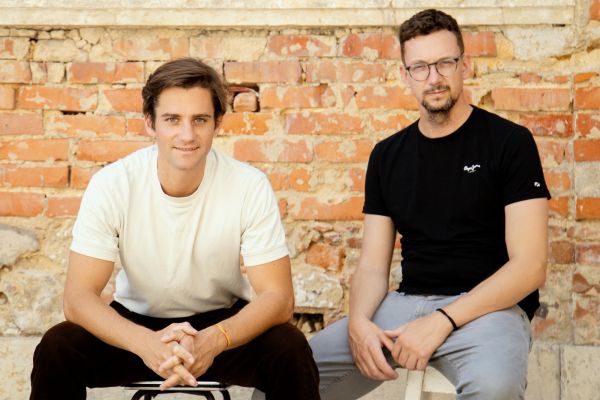
Founder duo with many years of expertise
The founders Dr Maik Reder (CEO) and Marcel Frenzel (CCO) both come from the energy and IT sector. Reder wrote his doctoral thesis on artificial intelligence for the optimisation of renewable energies and worked for over ten years in research and at European energy companies. Frenzel has over 15 years of experience as a management consultant, managing director and entrepreneur. The problem of how to proactively monitor and maintain wind turbines gave the two of them the idea in 2019 to found a startup and make everything much better:
"Based on my research and a thorough analysis of the existing and inadequate predictive maintenance solutions on the market, we developed the next generation of predictive maintenance and yield optimisation solutions," recalls Reder. Since then, the two founders and their 30-strong team have won over 16 customers in Europe, North America and South East Asia. Annea's offering is a software platform that uses artificial intelligence to predict the operating and quality status of machines and their components, thereby offering considerable optimisation potential.

Annea predicts what will break down twelve months later
The background to this is that wind farms with numerous turbines represent an almost unmanageable system. If a screw comes loose in the turbine housing at a height of over 100 metres or a fine crack appears on the rotor blades, this is initially difficult for maintenance personnel to detect. This is why modern wind turbines are equipped with up to 200 sensors to monitor the components. According to Reder, in order to control predictive maintenance with the collected data, the previous systems required time-consuming manual processing by highly qualified personnel. The Annea platform, on the other hand, is currently the only one on the market to automate these complex steps.
"We use machine learning and physical modelling to create digital twins of the system, which enable us to predict the health of the individual components for up to twelve months and optimise the performance of the machines," explains Reder. Annea already has experience with over 10,000 wind turbines. "This provides the company with an extensive and growing database for validating its solution," states the founder.
Wind energy is just the beginning of the overall concept. Annea wants to go even further and "play a decisive role in the energy transition", announces Reder. Annea's maintenance system could also be transferred to photovoltaic and hydropower plants. The first pilot projects have already been completed with "well-known energy operators". Reder and his team are also aiming for further expansion on a global level. The company's presence on the US market is to be expanded. Annea wants to strengthen its position in Southeast Asia and also take a step forward in Europe. "We have also set ourselves the goal of eliminating 70 million tonnes of CO2 equivalent annually from the production of renewable energies," says Reder, explaining his ambitious ambitions.

Offshore wind power is developed and managed in Hamburg
In addition to its headquarters in Hamburg's Thadenstraße in the St. Pauli district, Annea already has an office in Lisbon. The young team from twelve nations and with eleven languages seems to have a lot in store for the company's global goals. The location in Hamburg's trendy neighbourhood offers a lively and creative environment. Wind energy already has a tradition in the Hanseatic city and will be further expanded according to the Senate's plans. Above all, its proximity to the coast makes Hamburg a metropolis of wind power. "Offshore projects such as Arkona, Dan Tysk, Global Tech I, Gode Wind I to III and Sandbank were managed and developed from Hamburg," summarises the Renewable Energy Hamburg Cluster Agency. "Overall, the preparatory work for around 65 per cent of all German offshore projects was carried out here. There are currently 27 offshore wind farms in the German North and Baltic Seas."





